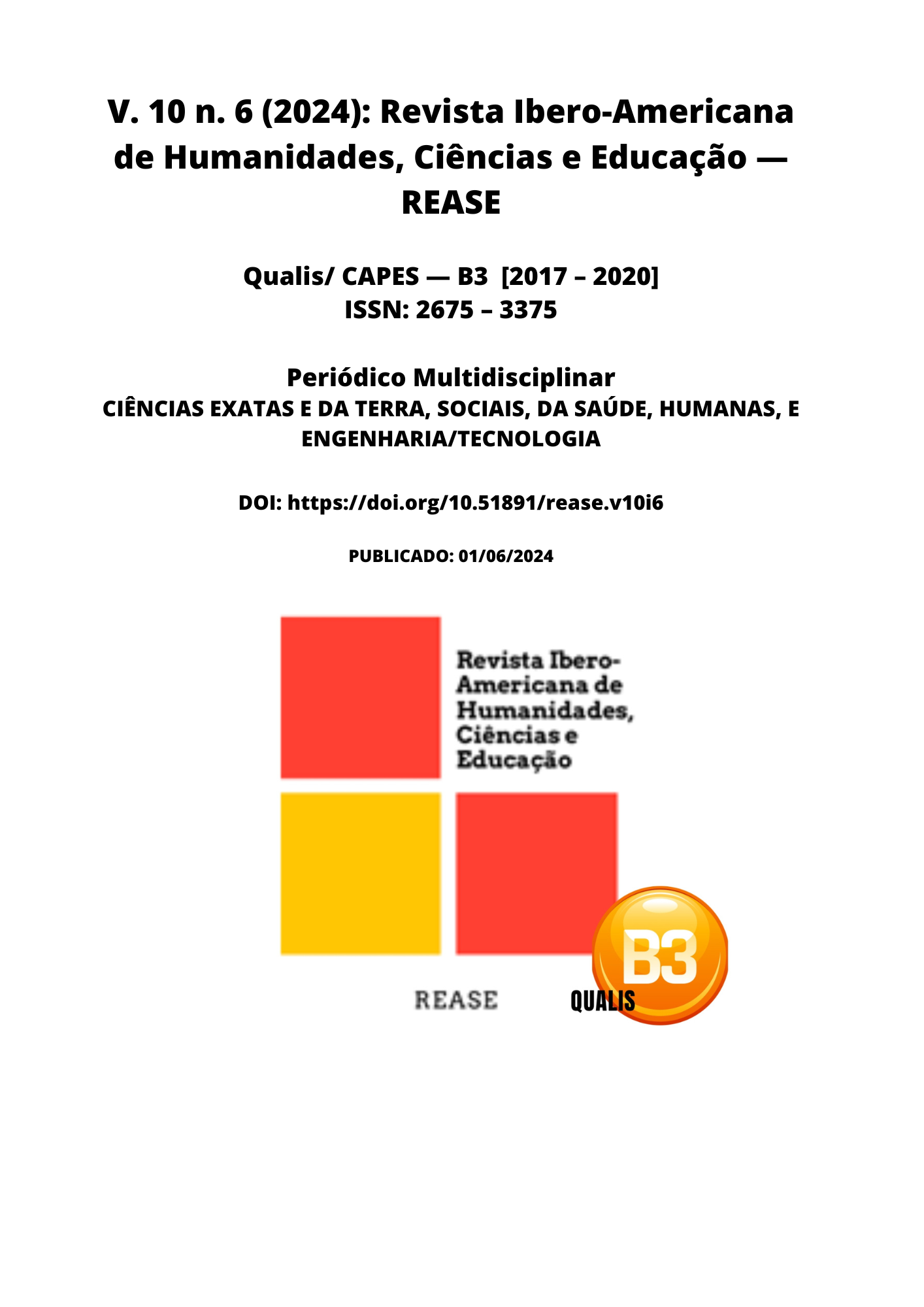SURGICAL APPROACHES IN ABDOMINOPLASTY: INVESTIGATING THEIR ASSOCIATION WITH THE RISK OF COMPLICATIONS
DOI:
https://doi.org/10.51891/rease.v10i6.14471Keywords:
Abdominoplasty. Surgical techniques. Complications. Risk factors. Outcomes.Abstract
Surgical approaches in abdominoplasty are topics of great relevance in plastic surgery, given the growing number of procedures performed and the continuous search for safer and more effective techniques. Abdominoplasty, or abdominal contouring surgery, is an aesthetic procedure that aims to remove excess skin and fat from the abdomen, in addition to restoring weakened or separated muscles, providing a smoother and firmer abdominal profile. With the advancement of surgical techniques, several approaches have been developed, each with its own particularities and specific indications. However, these approaches also present variations in risk profiles and associated complications, such as seromas, infections, necrosis and thromboembolisms. Understanding these variations is crucial to optimizing surgical results and reducing the incidence of complications. Objective: to investigate the association between different surgical approaches in abdominoplasty and the risk of complications, based on scientific studies published in the last ten years. Methodology: the PRISMA checklist was followed, and the research was conducted in the PubMed, Scielo and Web of Science databases. Five specific descriptors were used: "abdominoplasty," "surgical techniques," "complications," "risk factors," and "outcomes." The inclusion criteria involved studies that compared different abdominoplasty techniques, reported postoperative complications, and were published in the last ten years. Exclusion criteria were studies with small samples (less than 30 patients), publications in languages other than English, Portuguese or Spanish, and articles that did not undergo peer review. Results: the results revealed that conventional abdominoplasty, with plication of the rectus abdominis muscle, was the most studied technique, but also the one most associated with complications such as seromas and necrosis. Less invasive techniques, such as mini-abdominoplasty and lipoabdominoplasty, had lower complication rates, however, with limitations in cases of significant skin excess. The use of drains proved to be effective in reducing seromas, although it increased postoperative discomfort. Furthermore, the surgeon's experience and adherence to strict perioperative management protocols were determining factors in reducing complications. Conclusion: the choice of abdominoplasty technique must be individualized, considering the patient's anatomical characteristics and expectations, as well as the risk profiles associated with each approach. Identifying techniques with lower complication rates can guide surgeons in making more informed decisions and implementing safer surgical practices, contributing to better aesthetic results and patient satisfaction.
Downloads
Downloads
Published
How to Cite
Issue
Section
Categories
License
Atribuição CC BY

